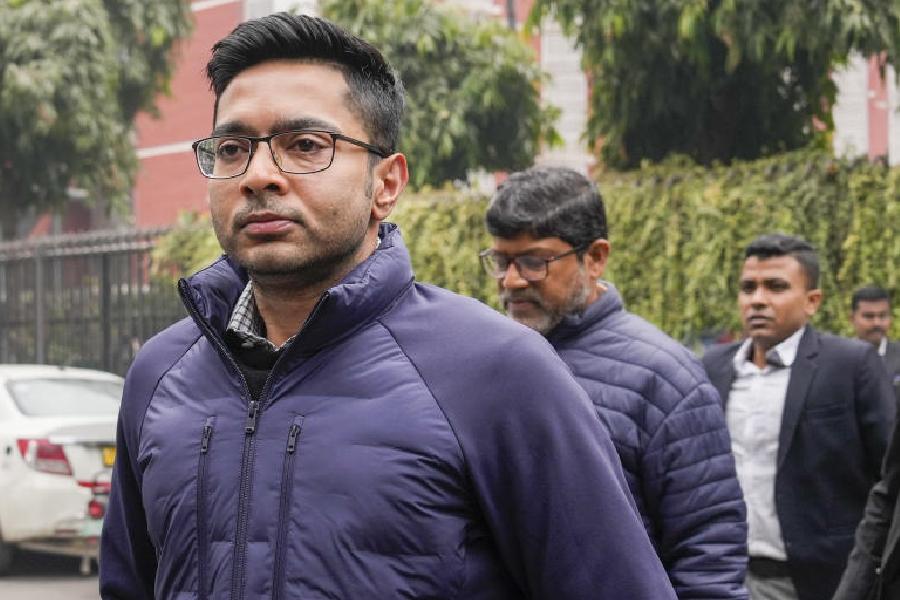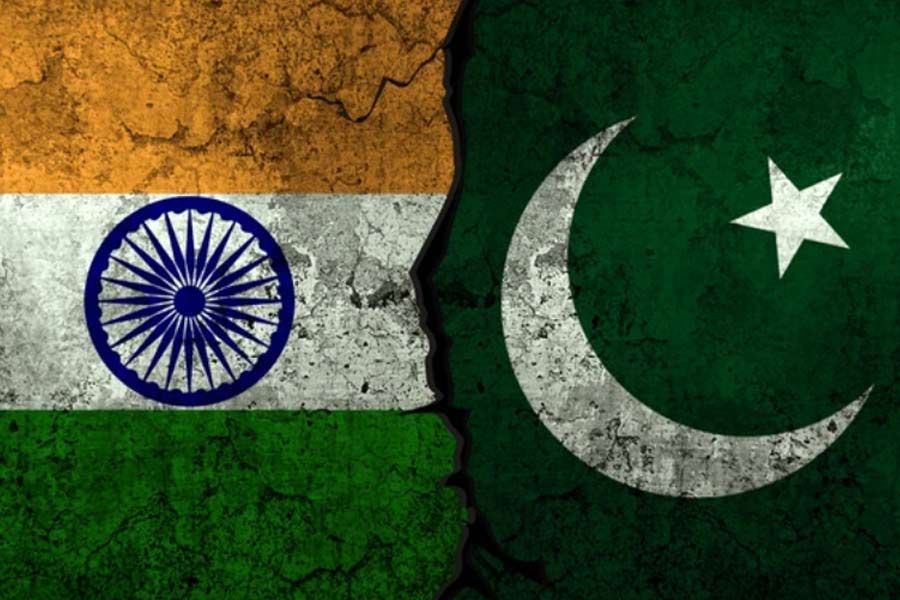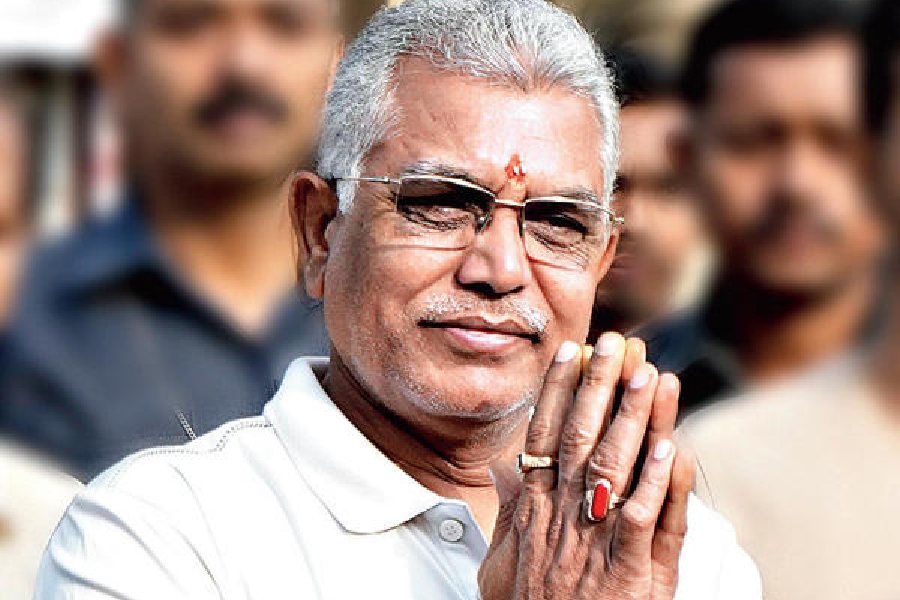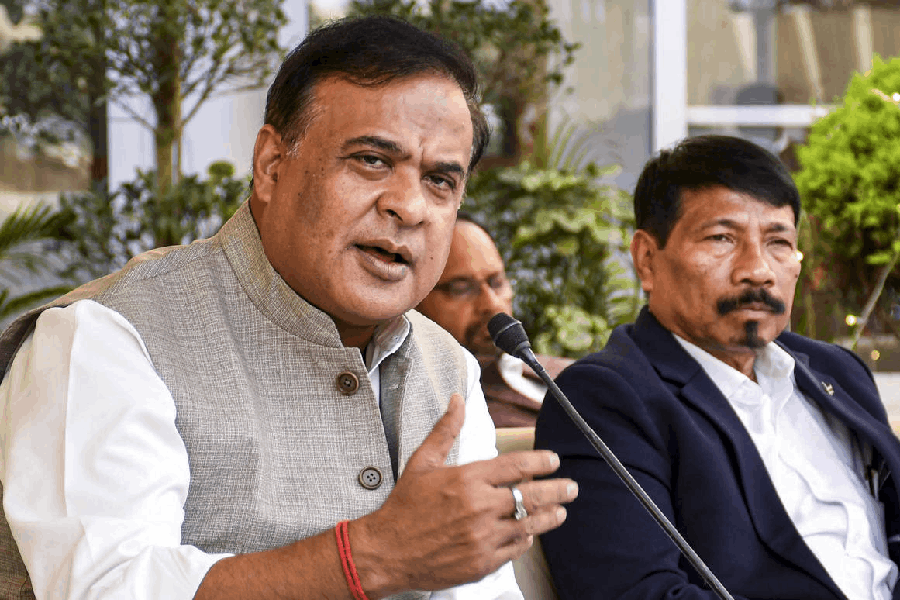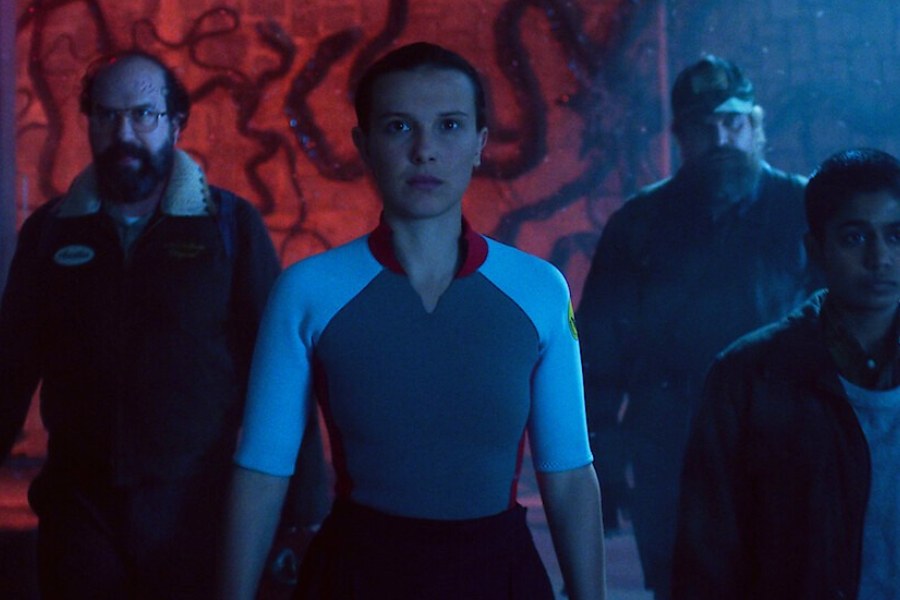 |
| RACING CERTAINTY: (From left) Asif Kapadia, Manish Pandey and co-producer James Gay Rees at the premiere of Senna in London |
Kapadia is king of the castle
If the documentary, Senna, on the life and death of the Brazilian racing driver Ayrton Senna, proves to be huge success — and the omens are propitious — we can claim this as yet another triumph for Mother India.
The film’s talented director, Asif Kapadia, is a British Indian, as is its writer, Manish Pandey.
Since the inaugural Indian F1 Grand Prix is slotted for Delhi later this year, there is going to be an audience for a film on Senna, considered by his fans to be the greatest ever racing driver. Unfortunately, he was killed at the age of only 34. But he is to Brazil what Sachin is to India.
Senna has opened to rave reviews in Brazil and in Japan. At the Sundance Festival, it won the audience award.
“If push came to shove, I might even crown British director Asif Kapadia’s Senna as the best film of Sundance 2011...it also comfortably held its own against pretty much all the fiction features I saw here,” commented Empire magazine.
Born in London in 1972 to parents who came from India, Asif grew up in Hackney in the East End and studied at the Royal College of Art.
“I want to have my own style and leave my own fingerprints on a film,” he says.
For example, in The Warrior, in which he cast Irrfan Khan, there is only seven minutes of dialogue. In 2002, Britain nominated the film, shot in the deserts of Rajasthan, as its Oscar entry but a committee in Los Angeles rejected it because it had been made in Hindi.
A previous short film, The Sheep Thief (1997), made while he was still at college, won a prize in Cannes. The dialogue in the visually stunning Far North (2007), shot in the Arctic with Michelle Yeoh and Sean Bean, is also sparse.
When Lagaan was released, Asif interviewed Aamir Khan at the National Film Theatre. And when The Warrior came out, it was Asif who was interviewed by Shekhar Kapur on the stage at Bafta.
In Senna, which had its London premiere last week, there are no talking heads. The story of the ace driver, a spiritual man who thought God was on his side, is told essentially by the subject himself. Asif and Manish viewed 15,000 hours of archival material for their 104-minute documentary.
The Hollywood Reporter said that Senna’s “dramatic life story merits the attention it receives in this unexpected and very good documentary”.
The Los Angeles Times commented: “Sometimes a documentary will unexpectedly reach out and grab you by the throat, not giving you a second to breathe. That’s the way it was with Senna.”
 |
| CALCUTTA CALLING: Tahmima Anam |
Good author
Personal likes and dislikes shouldn’t come into it when discussing an author... but people who meet Tahmima Anam in person will warm to her when she tours Calcutta, Mumbai and Delhi later in the summer to talk about her new book, The Good Muslim, a sequel to her well-received debut novel from 2007, A Golden Age.
Tahmima, now 35, goes back twice a year to Bangladesh, where her father, Mahfuz Anam, is the editor of the English-language The Daily Star. But she herself is now settled in London with her American husband, Roland Lamb — “he designs musical instruments” — to whom her novel is dedicated.
In A Golden Age, Tahmima wrote about Rehana Haque, a widow struggling to bring up her children, Maya and Sohail. In The Good Muslim, Sohail, alas, has grown up and become an Islamic fundamentalist. After a long absence, Maya, into whom Tahmima has poured many of her own passions, returns to her Dhaka home, clutching a mango sapling. She wonders whether she and the sapling will transplant into their new surroundings.
“I wanted to write a story about these two characters (Maya and Sohail) and their clashing concept of what it means to lead a moral life,” says Tahmima. “Ultimately I wanted the secular character to win because I think she’s right, the brother is not. But I have tried to explain why Sohail turns to this strict religious life because of the trauma of the war, and try to make him into a three-dimensional, humane character rather than a person whom we just look at from the outside and judge very harshly.”
This attempt by Tahmima to provide an understanding of the psychology of a fundamentalist, whilst not agreeing with it, is a crucial part of her novel. “Yes, I do think that there is a trend for feeling part of a larger religious community, not just among Bangladeshis, but among Pakistanis as well. I think that it’s attractive as an alternative to the options that are provided to them.”
Tahmima feels at home in London, where she hopes to write the third part of her trilogy — a novel dealing with the consequences of climate change for Bangladesh. “The next novel is about Maya’s daughter.”
“I like London — it feels like being in the world,” she tells me. “I can walk down the street and hear 10 different languages; it feels a very vibrant, alive kind of place; and I feel connected to Bangladesh in a way, from here, that I didn’t when I lived in America.”
 |
Model Mala
Friends of Mala Sen, sorting out the few possessions of the Bandit Queen biographer who died in Mumbai on May 21, have come across some intriguing photographs.
One shows Mala, who was quite a beauty in her younger days, in an unlikely ad for Binaca talc: “She wants skin-softening oils to keep her skin soft and lovely.”
Had Mala had a secret past as a model, then?
We are gathered in a south London pub where her former husband, Farrukh Dhondy, shakes his head and sets the record straight.
He points out that Mala was educated at Welham School in Dehradun where her contemporaries, with whom she kept in touch most of her life, included Brinda Karat (then “Binny” Das), Madhu Trehan (ée Puri), Sunita Garware (ée Bakshi) and Aruna Harprasad.
It was allegedly Madhu “who took a photograph of Mala and sent it off without Mala knowing”.
India AD
One of the joys of summer in London is walking the streets in the evening and glancing — not peeping — through windows and seeing how people have decorated their drawing rooms.
New Indian money goes on glass, chrome and leather.
I have been tipped off that AD is soon to launch in India, courtesy Conde Naste magazines.
Unlike me, I am sure you all know AD stands for the American interiors magazine, Architectural Digest, which was founded in California in 1920 and carries such features as “beautiful Hollywood homes”.
AD India will focus partly on, well, beautiful Belgachia homes.
 |
Tittle tattle
Turning the pages of the new issue of GQ, I come across an ad which tells potential customers about how to “restore your hair” at a clinic in London’s West England.
There is a satisfied customer photograph. We often see the red handkerchief he ties round his head when he takes off his helmet to acknowledge the cheers on getting his 100/200/300.
Virender Sehwag shouldn’t worry too much — the nation adores him the way he is.


